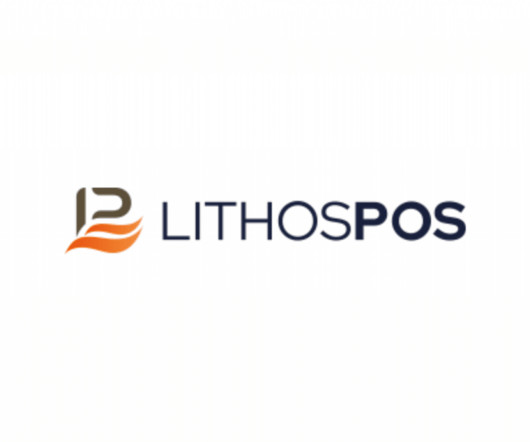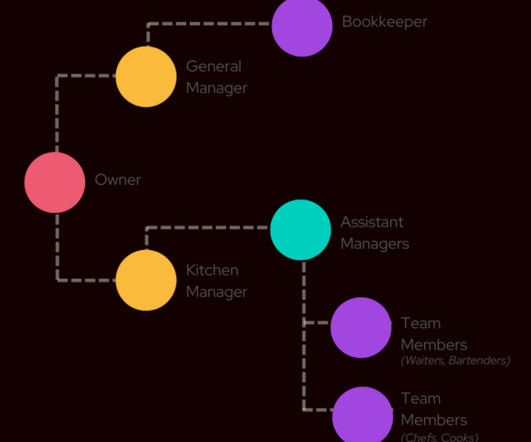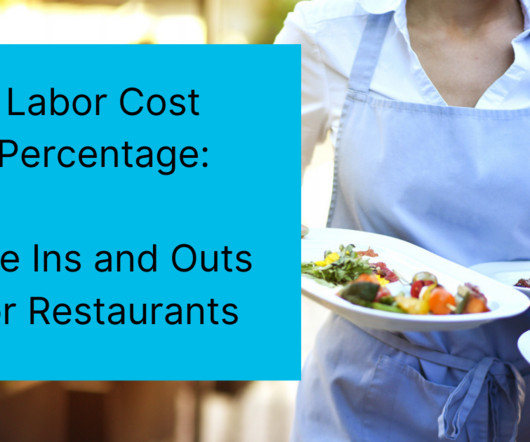Restaurant POS system, the one-stop solution for restaurants
Lithos POS
SEPTEMBER 27, 2023
POS helps you to automate various business functions such as inventory, payments, accounting, customer, and employee operations. Why Restaurant POS System Restaurant POS system offers seamless business operations. This will help you to manage most of the business operations through the POS.












Let's personalize your content